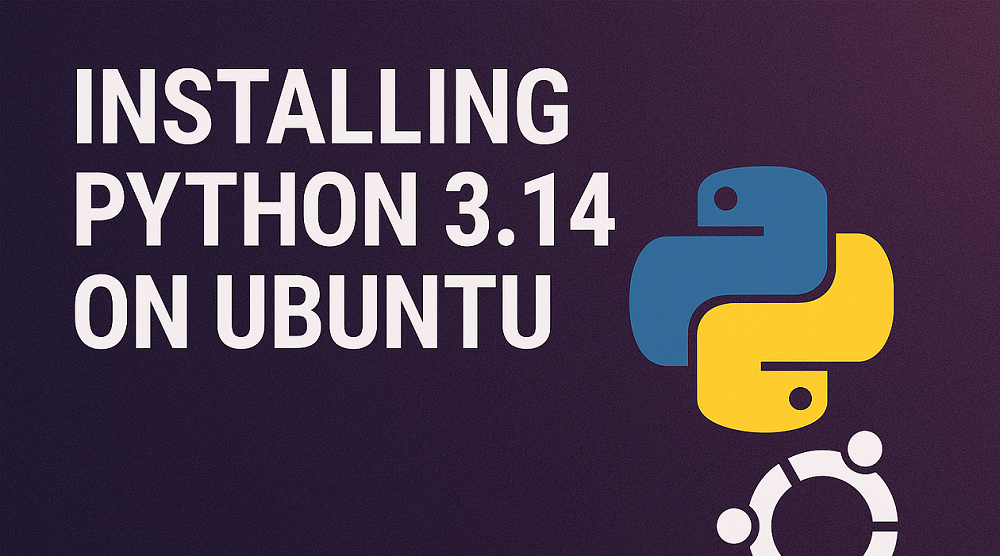Microservices architecture has revolutionized the software development landscape, providing a more flexible and scalable approach than the traditional monolithic architecture. In the realm of microservices, Python’s Flask has established itself as a popular and capable choice. This article will walk you through the process of building microservices with Flask for DevOps, including practical examples.
Introduction to Flask
Flask is a lightweight and versatile web framework written in Python. It is often contrasted with Django, a Python framework that is more feature-rich but also more heavyweight. Flask’s “micro” designation doesn’t refer to its ability to create small apps, but rather its minimalist approach that provides only the core components for building web applications, giving developers the freedom to choose their tools.
Why Use Flask for Microservices?
Flask is an excellent choice for creating microservices due to its simplicity and flexibility. It enables developers to build small, discrete services rapidly without unnecessary complexity. Its simplicity makes it easy to learn and use, while its extendability allows it to be used for more complex applications.
Flask’s RESTful request dispatching is suitable for the API-first approach often used in microservices architecture. The Flask-RESTful extension further simplifies the creation of APIs. Furthermore, Flask’s lightweight nature makes it a good fit for containerization using tools like Docker, which are commonly used in a DevOps context.
Building a Flask Microservice
Let’s demonstrate the power and simplicity of Flask by creating a simple microservice.
First, let’s install Flask. Open your terminal and run:
pip install flask
Next, we’ll create a new Flask web application. Make a new Python file app.py, and insert the following:
from flask import Flask, jsonify
app = Flask(__name__)
@app.route('/')
def home():
return jsonify(message="Hello, Flask Microservice!")
if __name__ == '__main__':
app.run(debug=True)
This simple app creates one route (/) that returns a JSON message. Run the app with python app.py. You should be able to access it at http://localhost:5000.
Dockerizing the Flask Microservice
Containers are a fundamental aspect of a DevOps workflow, and Docker is a widely-used containerization platform. Let’s package our Flask microservice as a Docker container.
First, install Docker on your machine following the instructions on the official Docker website.
Next, create a file Dockerfile in the same directory as your app.py, and insert the following:
# Use an official Python runtime as a parent image
FROM python:3.8-slim-buster
# Set the working directory in the container
WORKDIR /app
# Install any needed packages specified in requirements.txt
COPY requirements.txt /app
RUN pip install --no-cache-dir -r requirements.txt
# Copy the current directory contents into the container at /app
COPY . /app
# Make port 5000 available to the world outside this container
EXPOSE 5000
# Run app.py when the container launches
CMD ["python", "app.py"]
In the same directory, create a requirements.txt file and insert:
flask==2.0.1
You can now build your Docker image by running docker build -t flask-microservice . from your terminal. After the image has built, run it with docker run -p 8080:5000 flask-microservice.
Your Flask app is now running in a Docker container and can be accessed at http://localhost:8080.
Conclusion
This article introduced the Flask framework and its usage in building microservices for a DevOps context. We demonstrated the process of creating a simple Flask microservice and containerizing it using Docker. Although this was a basic example, Flask’s flexibility and extensive range of extensions make it well-suited to more complex applications. When applied correctly, Flask can be a powerful tool in the DevOps toolkit for developing, deploying, and scaling microservices.
As a next step, consider learning about Flask extensions like Flask-RESTful for building APIs, Flask-SQLAlchemy for interacting with databases, and Flask-JWT for handling JSON Web Tokens (JWTs). Also, consider investigating Kubernetes for orchestrating your Docker containers. Happy coding!

